If you have ever been swimming and noticed a jellyfish floating toward you, odds are you scrambled to get away as quickly as you possibly could. It is tough to spot jellyfish. Being translucent, they can often blend right into the ocean currents.
Thankfully they tend to catch the light, which helps them to stand out under the right conditions. While jellyfish have no brains and are relatively simple creatures, they are equipped for survival. Jellies typically have stinging cells in their tentacles known as nematocysts.
The stinging mechanism can be triggered by the lightest touch—and can release toxin faster than a gun releases a bullet. Jellies use these stings for hunting and for protection. The majority of jellies aren’t all that dangerous—but others are deadly. What is the world’s most poisonous jellyfish? Let’s take a look at a few of the contenders.
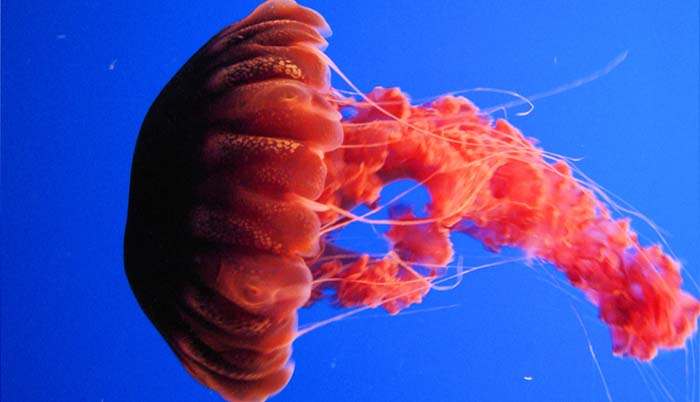
7. SEA NETTLE
The Sea Nettle is of course named for nettle plants. They have long, wispy tentacles, and are commonly found are the Chesapeake Bay area off the East Coast of the United States. Blooms of sea nettle are common, and dangerous. Sea nettles have 24 tentacles each which can reach as far as six feet. The stings are poisonous enough to cause extreme pain, but thankfully they are rarely life-endangering.
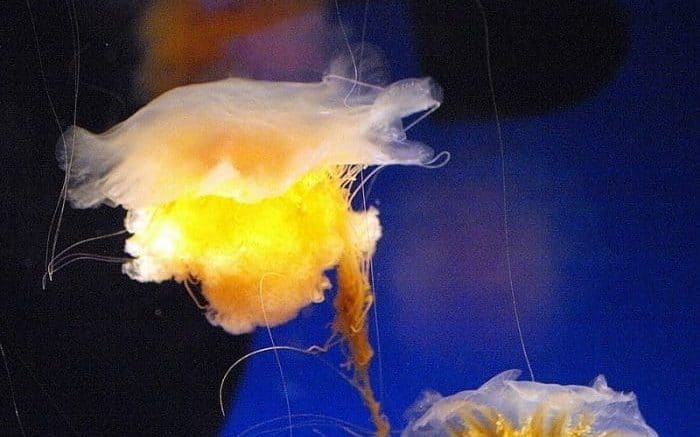
6. LION’S MANE JELLYFISH.
One of the most remarkable and beautiful sea creatures you could ever encounter is the lion’s mane jellyfish. It is also the largest known jellyfish. The bell alone can reach up to 8 feet in diameter, and the tentacles may reach over 100 feet in length. They are tremendous, surreal, and often travel in large blooms. They are also deadly.
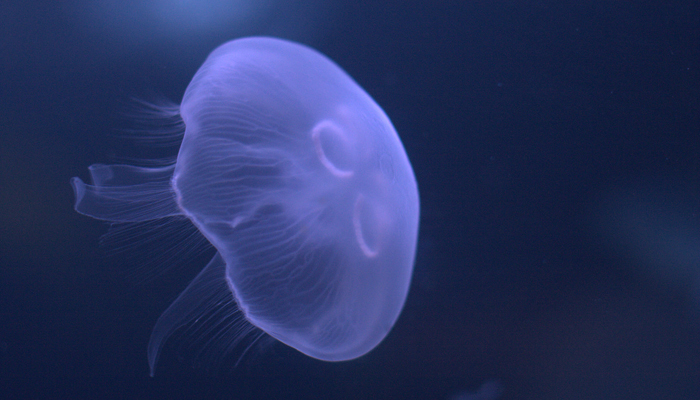
5. MOON JELLYFISH
This one should hardly even make this list. Moon jellies are very common, and odds are if you have visited an aquarium and seen a jellyfish, you saw a moon jelly. They do sting, but the irritation is usually rather mild, and they are not considered dangerous by scientists. Why include them in this list? They are included in many others—but their danger is exaggerated by laymen. If anything makes them problematic to swimmers, it is simply how common they are. They highlight the fact that jellyfish are, on the whole, not as dangerous or terrifying as many swimmers believe.
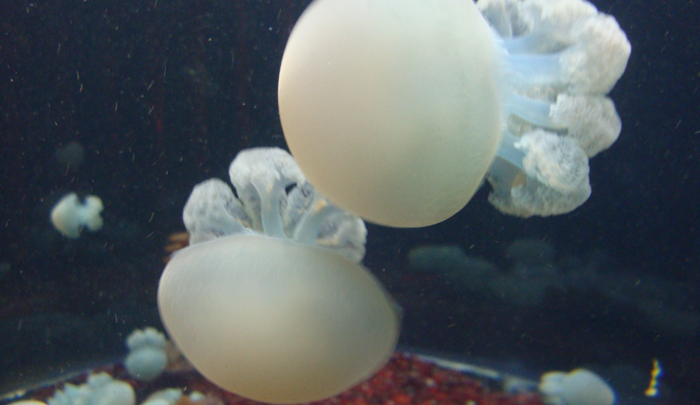
4. CANNONBALL JELLYFISH
This is yet another stinging species that many swimmers assume to be lethal. Like moon jellyfish, they are relatively docile and harmless however, and rarely sting human beings. They get caught in fishermen’s nets a lot, and their sting is considered fairly harmless.
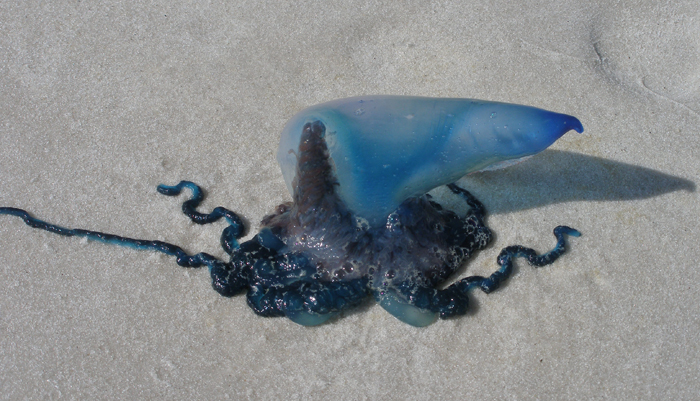
3. PORTUGUESE MAN O’ WAR
This one really is dangerous—very dangerous in fact. Amusingly enough, it is also not a real jellyfish, but rather something called a bluebottle. To add to the amazing strangeness of the Man o’ War, it is not even an animal. Technically, it is a colony of organisms. So it is rather appropriate that it has been named after a 17th century naval ship. In a way, it really is like a ship, and the organisms comprising it are like the crew. The name’s appropriateness is a coincidence however, since it was inspired by the recognizable crest on top of the organism, which is actually its bladder. The bladder serves an additional purpose of acting as a float, and often sticks up above the water like a sail. Generally these colonies are purple and pink, though they sometimes have a blue tint instead. They are quite elegant and remarkable to behold.
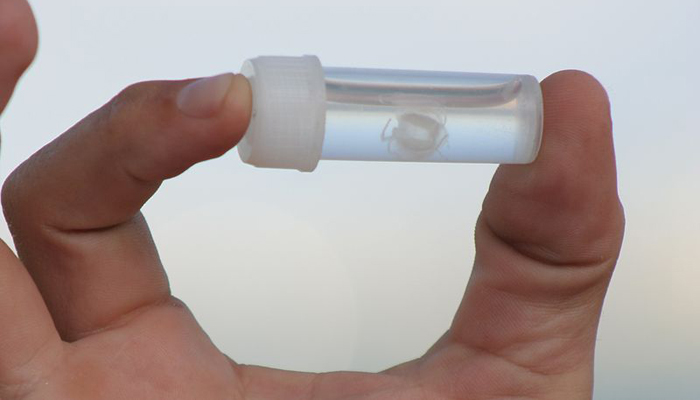
2. IRUKANDJI JELLYFISH
Good luck avoiding this tiny jellyfish. You are unlikely to ever see it coming, since it measures only 0.2 inches across and is nearly transparent. It is a member of the notorious box jellyfish family, and is arguably the most venomous animal on the planet. Its toxin is 100 stronger than that of a cobra. Both the tentacles and bell can sting. A single sting may be treatable. Multiple stings are almost certainly deadly. Symptoms include severe muscle cramps, pain in the kidneys and back, burning sensations, headache, vomiting, and tachycardia. If you live, it won’t be a fun memory.
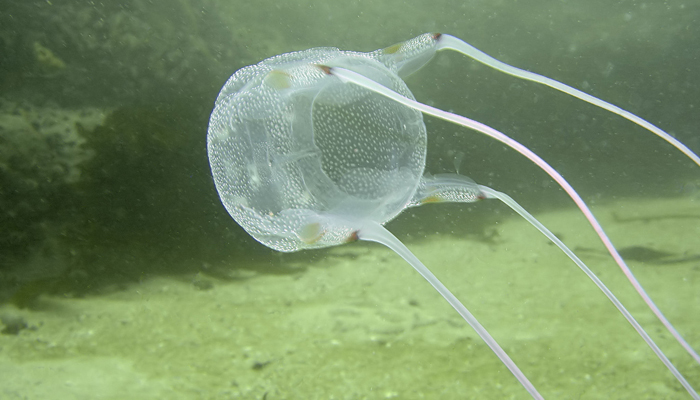
1. SEA WASP BOX JELLYFISH
This is the most deadly jellyfish in the world, and one of the most deadly creatures on the planet altogether. It is also known as the marine stinger. Since 1954, 5,568 deaths have been attributed to this jelly. There fifteen tentacles on this type of jellyfish, which may extend ten feet in length. On each tentacle, there are around half a million darts. These microscopic darts are full of venom. Each one could theoretically kill up to 60 people. It is fast-acting, and may cause cardiovascular arrest within a matter of minutes. The pain from the sting itself is incredibly intense, and may cause death even before the venom does, as it can lead to shock. If miraculously you survive a sting from one of these jellies, you will be in an extreme amount of pain for weeks following the encounter.
There are many varieties of box jellyfish, all of which can be quite deadly. Aside from box jellyfish though, as you can see, there are really not many dangerous jellyfish. There is the Man o’ War (which barely counts), and the Sea Nettle and Lion’s Mane jellyfish, but other stinging jellies like the Moon and Cannonball are relatively harmless. Jellies get a bad reputation they don’t really deserve. The vast majority are not dangerous to humans. The few that are though are very painful and often deadly!









10 Responses
3
1
2
4.5
5
4
2.5
0.5
3.5
1.5